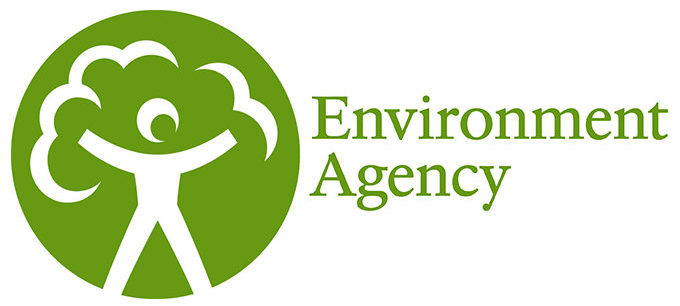Introduction:
This video showcases a river restoration project in the Swindale Beck Valley, Cumbria, specifically focusing on a section near Haweswater. The video offers valuable insights into how practical, on-the-ground interventions contribute to our wider environmental goals.
As you watch, consider a few key points:
- How can seemingly small, targeted interventions lead to significant benefits for both flood management and ecosystems?
- What role do partnerships play in the success and broader impact of these projects?
- How does this kind of work fit into the bigger picture of our climate change adaptation efforts?
The video will explore these aspects through a real-world example of reconnecting a river with its floodplain.
River Restoration Weir Removal
Pete Evoy from SCRT and Gez Foster, an EA Geomorphologist, discusses the process of engaging with local communities, the challenges associated with weir removal, and the subsequent benefits for wildlife and the restoration of natural habitats.
The project, the second of its kind in the valley, involved breaking down a damaged wall to reconnect the river with its floodplain. This relatively inexpensive intervention (costing less than £1000 for 5 hectares) has created a reconnected floodplain that helps the environment in several ways.
By allowing the river to spread across and store water on the floodplain, it helps to mitigate flooding during heavy rainfall. Additionally, the reconnected floodplain remains wetter during droughts, benefiting the local ecosystem. While some positive changes, like new gravel beds and diverse plant life, are immediately visible, others will take decades to fully develop.
The success of such projects in Cumbria is attributed to a long-standing and well-funded river restoration strategy, alongside effective partnerships with organisations like United Utilities and the RSPB.
The video also touches on broader restoration efforts in the Haweswater catchment, including peatland restoration (blocking drains to raise water tables and reduce carbon emissions) and changes in grazing practices (moving to lower-density, mixed grazing). These combined interventions have locked up significant amounts of carbon, helping to slow climate change and make the landscape more resilient to its impacts, such as prolonged dry periods and increased storm frequency. The video concludes by emphasising that all these achievements would not have been possible without strong partnerships, which also help to share knowledge and demonstrate these innovative approaches to a wider audience.
Why is this relevant to our work?
- Small, smart interventions can deliver big results: The Swindale Beck project demonstrates that reconnecting floodplains can be incredibly cost-effective (less than £1000 for 5 hectares) and significantly improve flood resilience and ecosystem health, proving that large-scale benefits don’t always require massive budgets.
- Integrated landscape management is key to climate resilience: Our work on river restoration, alongside peatland restoration and changes to grazing, is not just about isolated improvements. It’s about creating a more naturally functioning, resilient landscape that can better cope with the impacts of climate change, such as more intense floods and droughts.
Partnerships amplify our impact and learning: The success at Haweswater is a testament to strong collaboration with landowners (United Utilities) and environmental organisations (RSPB). These partnerships are crucial not only for getting the work done but also for sharing expertise, demonstrating innovative approaches, and inspiring others
Team discussion questions:
- Where else can we identify “quick win” river restoration opportunities that offer significant returns, similar to the Swindale Beck project’s cost-effectiveness and benefits?
- Beyond our usual partners, how can we more effectively engage a wider range of stakeholders to deliver holistic, catchment-scale interventions for both flood risk and biodiversity?
- How can we improve our long-term monitoring of river restoration projects to better integrate learning into future design and policy, especially for changes that take decades to evolve?

